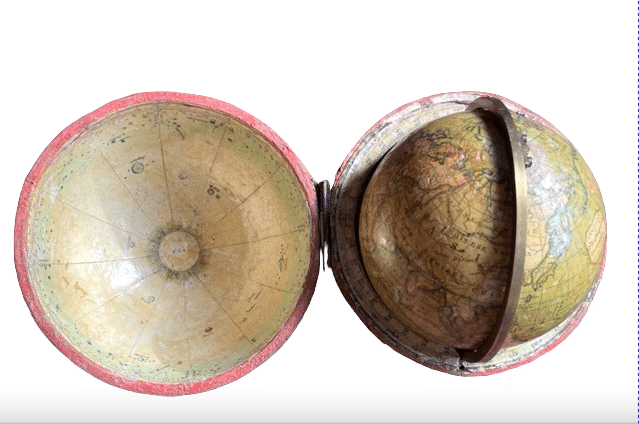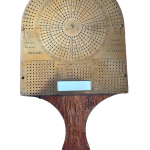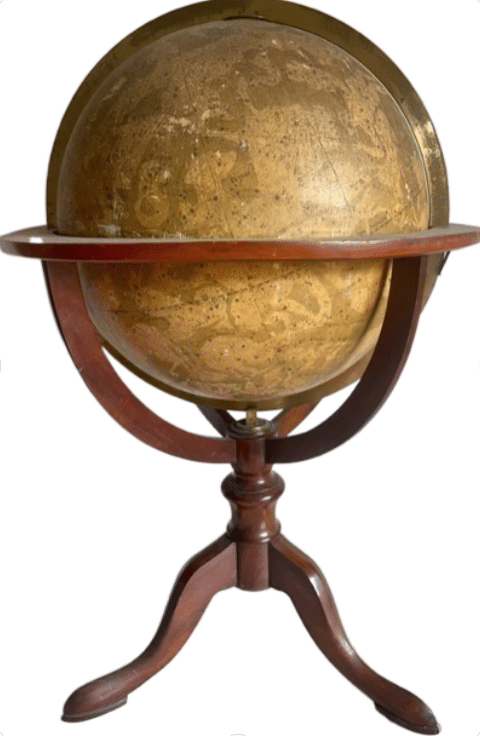Description
Newton Pocket Globe cased in its original fish-skin case is dated January 1817
The Globe, 12 hand-coloured engraved paper gores, clipped at 65 degrees latitude, with two polar calottes, over a papier mâché and plaster sphere.
In original shagreen over paste-board clamshell case, with hooks and eyes, lined with 12 hand-coloured engraved celestial gores, with two polar calottes, varnished.
Newton on the other hand, was a prominent globe maker who worked in London during the late 18th and early 19th centuries.
He produced a wide range of globes, including celestial and terrestrial models, which were renowned for their accuracy and attention to detail.
Circle meridien in brass with degrees.
An antique pocket globe is a small, portable globe that was popular in the 18th and 19th centuries.
Antique pocket globes were often used as educational tools, and were also used by travelers, explorers, and navigators.
Newton Pocket globe cased were typically made of metal or wood.
The globe was covered with paper that was hand-painted with detailed maps of the world.
The maps were often quite intricate, showing the continents, countries, oceans, and major cities of the world.
Antique pocket globes are highly collectible today, both for their historical significance and their aesthetic appeal.
You can find a similar model in Science Museum London
Museum Greenwich, and some other international Museum
Pocket Globe Newton for sale.





